13 Historic Neighborhoods Where the Past Still Lives On
Step back in time and explore neighborhoods that have preserved their rich history through stunning architecture, cultural landmarks, and timeless charm. These historic areas offer a unique glimpse into the past, where every street, building, and monument tells a story. Whether it’s cobblestone streets, centuries-old structures, or vibrant traditions, these neighborhoods continue to honor their roots while embracing the present.
This post may contain affiliate links, which helps keep this content free. Please read our disclosure for more info.
Old San Juan, Puerto Rico
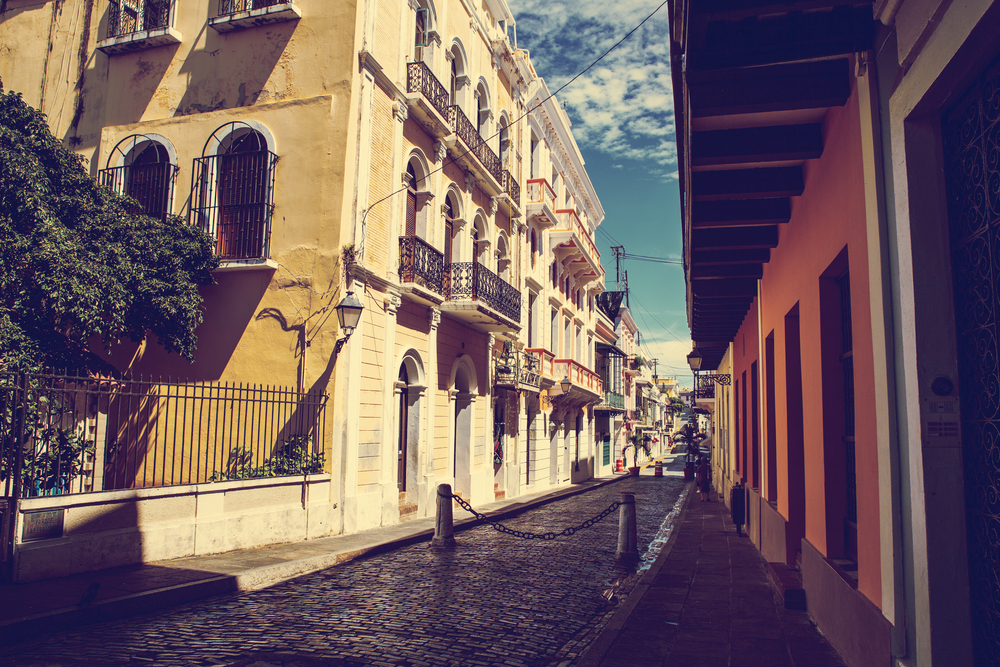
Old San Juan is a living museum of Spanish colonial architecture, showcasing a rich blend of historic structures that span over 500 years. Its cobbled streets and brightly colored buildings in shades of blue, yellow, and red reflect the fusion of Spanish Baroque and neoclassical styles, preserving the area’s cultural heritage. Landmarks like the 16th-century El Morro Fortress and the Cathedral of San Juan Bautista stand proudly as symbols of the neighborhood’s resilience through centuries of change. These monuments, alongside the well-maintained colonial homes, make Old San Juan a unique place where the past continues to thrive.
The preservation of the historic district is a testament to Puerto Rico’s commitment to maintaining its colonial roots. Walking through its narrow streets, you can see remnants of its colonial past in the architecture and feel the cultural pulse of the island. With its vibrant festivals, galleries, and restaurants, Old San Juan remains a dynamic cultural hub, blending old-world charm with modern-day vibrancy.
The French Quarter, New Orleans, USA
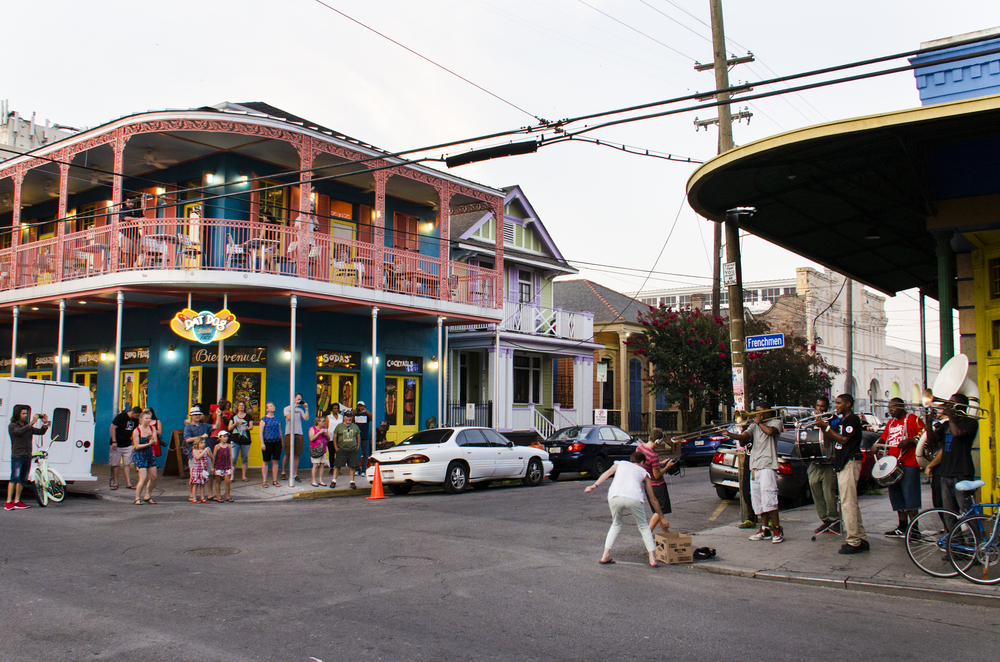
The French Quarter, or Vieux Carré, is New Orleans’ oldest and most iconic neighborhood, where centuries of history are written into its streets and buildings. This district, founded in 1718, is known for its distinctive Creole architecture, which combines French, Spanish, and African influences. Colorful row houses with intricate wrought-iron balconies, Spanish-style courtyards, and grandiose stone buildings dominate the area. Landmark structures like the St. Louis Cathedral and Jackson Square offer a direct connection to the city’s colonial past, while the traditional courtyards behind many buildings offer a quiet glimpse into the past.
Despite the bustling activity of Bourbon Street and the lively music that fills the air, the French Quarter’s preservation efforts allow it to maintain a sense of historical authenticity. The area’s unique cultural significance is reflected in its many festivals, art galleries, and music venues, ensuring that visitors can experience the historical atmosphere while enjoying the dynamic spirit of New Orleans. It’s a place where the city’s heritage and present-day life coexist seamlessly, and its streets still tell stories from centuries ago.
Kyoto’s Gion District, Japan
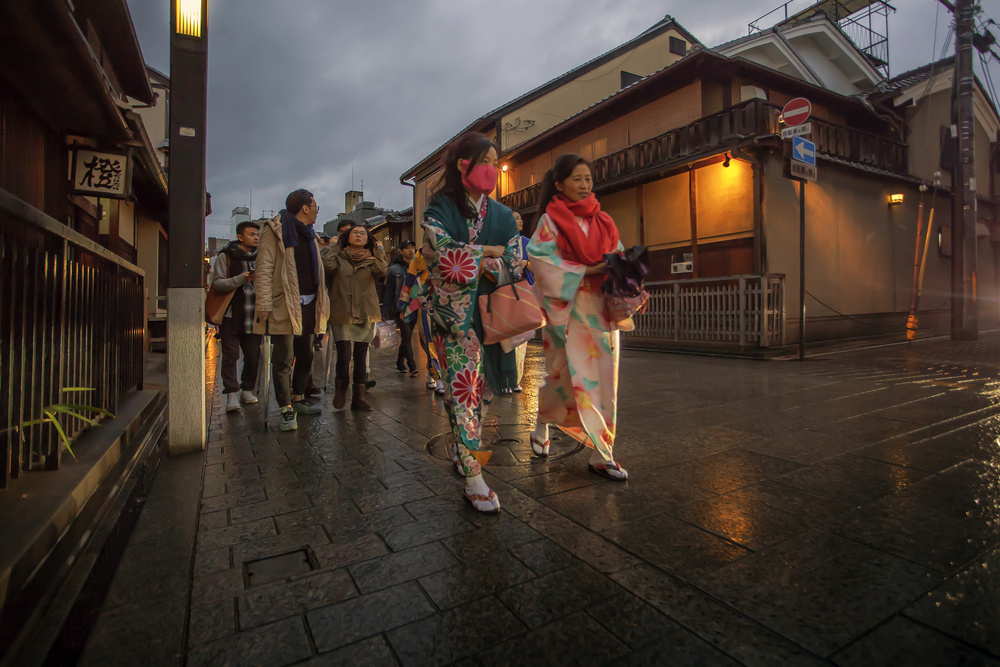
Gion, one of the most famous districts in Kyoto, has long been synonymous with traditional Japanese culture. Known for its preserved wooden merchant houses, or machiya, Gion offers a rare look at old-world Japan, with winding streets lined with teahouses and shops selling handmade crafts. The district is particularly famous for its geishas, who can still be seen in traditional attire walking between their engagements. The streets, with their lantern-lit ambiance and historic architecture, are a visual reminder of the elegance and grace of Kyoto’s past.
What makes Gion particularly special is its seamless blend of old traditions and modern-day preservation. The district, which dates back to the 7th century, is a living testament to Kyoto’s role as the cultural heart of Japan. As a UNESCO World Heritage Site, Gion’s efforts to preserve its historical and architectural heritage provide visitors with a rare opportunity to step back in time. Whether you are wandering through the narrow lanes or enjoying the traditional tea ceremonies, Gion remains a place where the past is celebrated in everyday life.
Charleston’s Historic District, South Carolina, USA
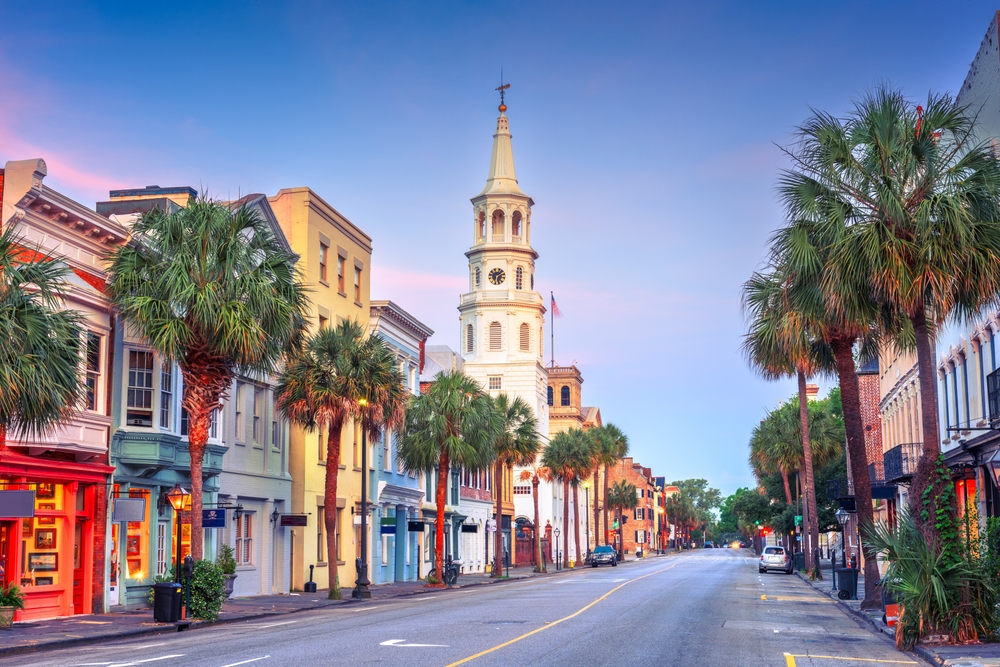
Charleston’s Historic District is a captivating area where antebellum southern charm blends with colonial-era architecture. The district is defined by its stately homes, cobblestone streets, and grand mansions with colorful facades, most dating back to the 18th and 19th centuries. The battery, a promenade lined with historic mansions, offers sweeping views of Charleston Harbor, while the nearby Rainbow Row, a series of pastel-colored Georgian-style houses, is a beloved icon of the city’s architectural heritage. Each building within the district tells the story of Charleston’s colonial past, its wealth during the plantation era, and its complex role in American history.
What makes the Historic District so unique is its preservation efforts, which have maintained the architectural integrity of the area for centuries. Walking through these streets feels like a step back in time, with the gentle hum of modern life subtly blending into the backdrop of old Charleston. Visitors can explore the area’s history through the preserved homes, churches, and forts that mark significant moments in both the city’s and America’s past.
Rome’s Trastevere District, Italy
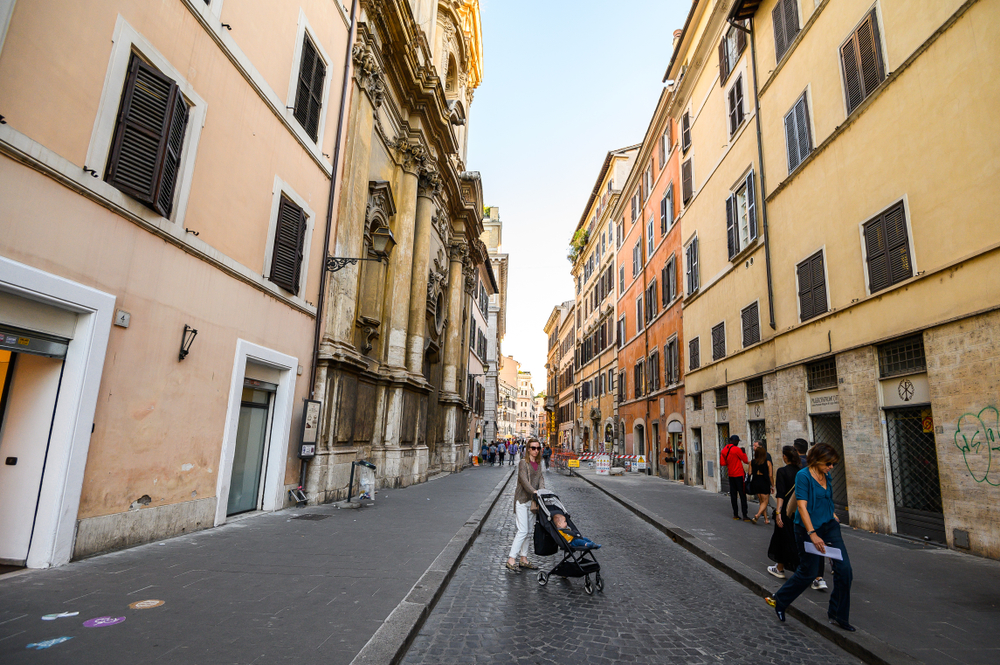
Trastevere is one of Rome’s most vibrant and picturesque neighborhoods, known for its narrow, winding alleys and its authentic Roman atmosphere. This historic district has retained much of its medieval charm, with cobbled streets, ivy-covered walls, and historic buildings that date back to the 9th century. The district’s centerpiece is the beautiful Basilica of Santa Maria, which boasts exquisite mosaics dating back to the 5th century. Walking through Trastevere feels like stepping into a different era, as the old world meets the new in this lively part of the city.
What truly sets Trastevere apart is the way it has maintained its cultural roots despite the bustling modernity surrounding it. While many other parts of Rome have been altered over the centuries, Trastevere’s focus on preserving its historic buildings, traditions, and local character makes it a living reminder of ancient Rome. Visitors can enjoy a walk through its quaint streets, dine in traditional trattorias, and experience the charm of a district that continues to carry its centuries-old history proudly into the present.
Edinburgh’s Old Town, Scotland
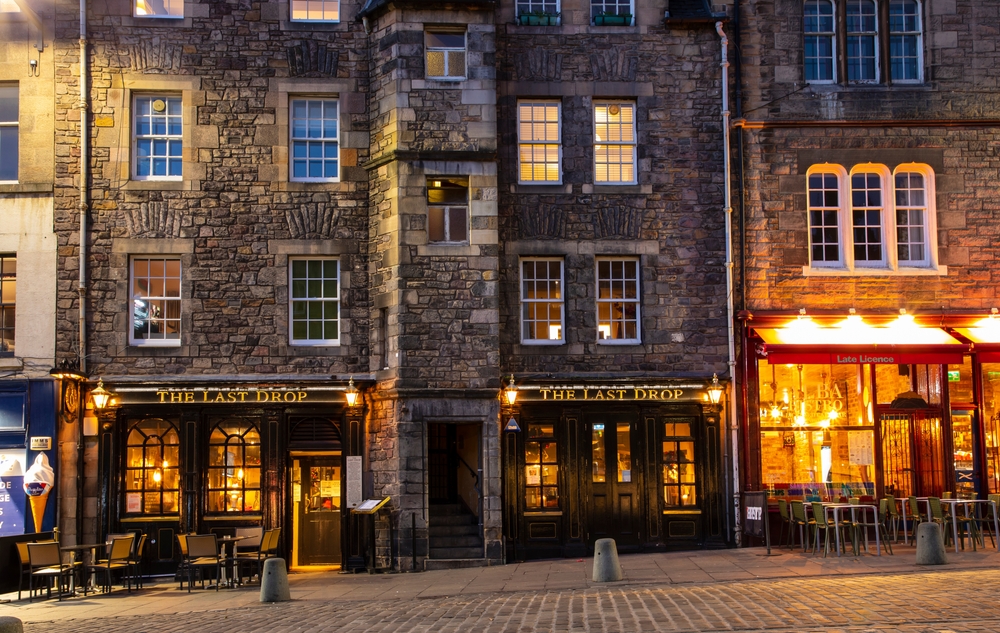
Edinburgh’s Old Town, with its narrow streets and ancient buildings, is a place where Scotland’s rich history is vividly alive. The neighborhood, which forms part of the UNESCO World Heritage Site, is a maze of medieval alleyways, known as “closes,” each with its own fascinating history. The Royal Mile, stretching from Edinburgh Castle to the Palace of Holyroodhouse, is the heart of the Old Town, lined with historic landmarks, pubs, and shops that date back hundreds of years. The grand architecture of St Giles’ Cathedral and the towering presence of Edinburgh Castle, overlooking the city, provide visitors with a strong sense of the area’s medieval past.
Edinburgh’s Old Town remains one of the best-preserved medieval cities in Europe, and its historic significance is felt in every corner. Many of the buildings and streets have been carefully preserved, allowing the area’s 15th- and 16th-century roots to be easily seen. As one of the most storied parts of Edinburgh, it offers a direct connection to Scotland’s cultural, political, and royal history, providing visitors with an authentic experience of old Edinburgh.
Mexico City’s Centro Histórico, Mexico
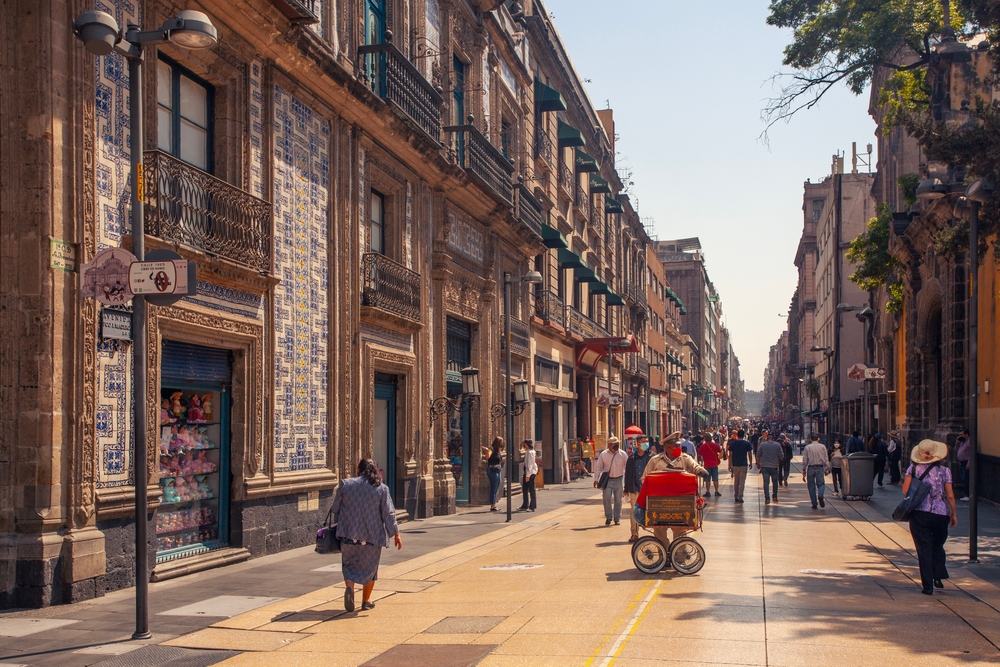
Mexico City’s Centro Histórico is a vibrant neighborhood that serves as the heart of the nation’s history and culture. With buildings that date back to the 16th century, this area is home to some of the oldest and most impressive structures in the city. Landmarks like the Metropolitan Cathedral, the Templo Mayor, and the Palacio de Bellas Artes stand as testaments to Mexico City’s colonial past, blending indigenous and European architectural influences. The streets are filled with a lively mix of old churches, public squares, and marketplaces, where visitors can truly feel the pulse of history.
Centro Histórico offers a stunning snapshot of Mexico’s transformation, with its ancient ruins, colonial-era buildings, and modern establishments living side by side. As the heart of the city, it remains a place of both cultural and political significance, drawing visitors from around the world who wish to experience a blend of Mexico’s storied past and vibrant present. From its intricate colonial architecture to its bustling markets, the area is a living representation of the layers of history that have shaped the country.
Cusco, Peru
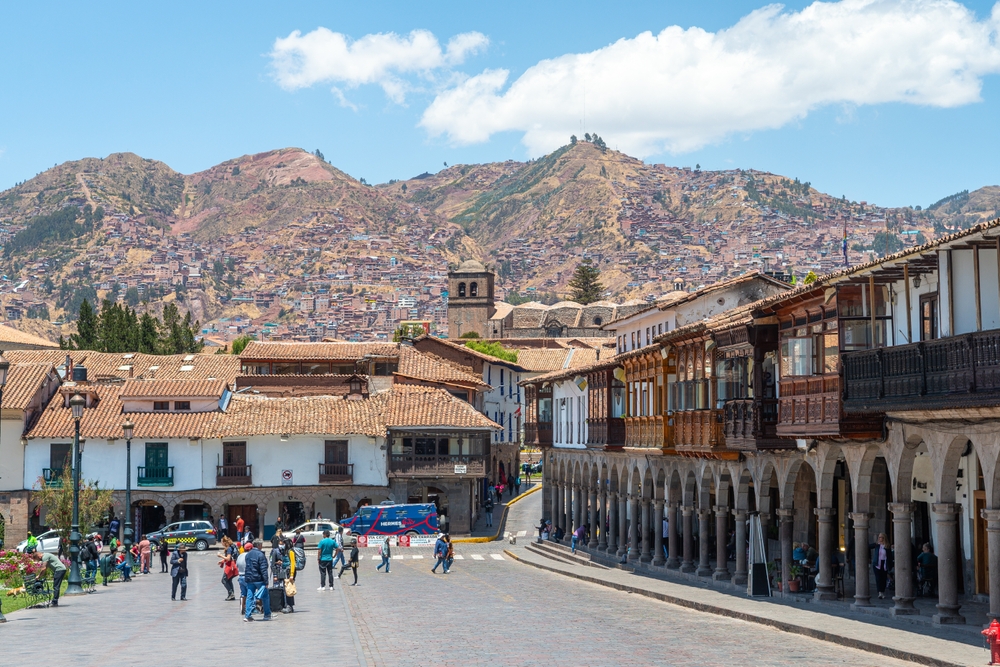
Cusco, once the capital of the Inca Empire, is a fascinating city where the ancient and colonial worlds collide. The city is filled with impressive ruins, such as the Sacsayhuamán fortress, which offer a direct connection to Inca history. The Spanish colonial era also left its mark, with beautiful churches and mansions constructed on top of Inca foundations. The blend of Inca stonework and Spanish architecture is one of the unique features of Cusco, creating a distinct cityscape that tells the story of cultural fusion.
Walking through the cobbled streets of Cusco, visitors can explore its rich architectural diversity, from the ancient Incan walls to the baroque-style churches like the Cathedral of Cusco. The city remains a living connection to Peru’s indigenous and colonial pasts, offering a deep dive into the history of the region. As the gateway to Machu Picchu, Cusco continues to be a cultural hub where the echoes of ancient civilizations resonate through its streets.
Istanbul’s Sultanahmet District, Turkey
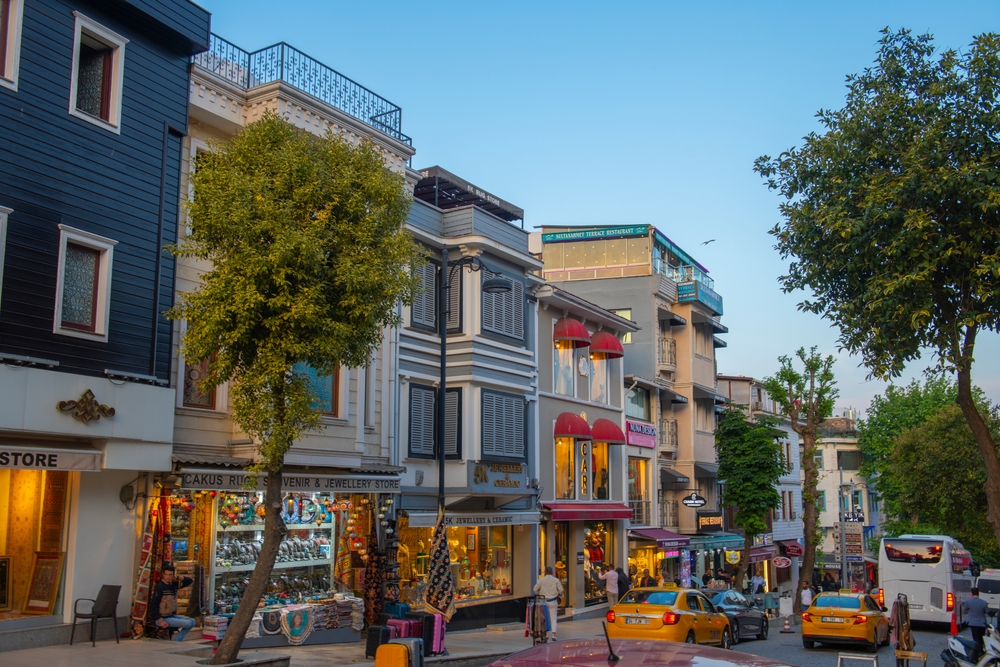
The Sultanahmet District in Istanbul is the heart of the city’s historic charm, offering a glimpse into its diverse past as the crossroads of empires. The area is home to iconic landmarks like the Hagia Sophia, the Blue Mosque, and the Topkapi Palace, each representing a different era of the city’s history. The architecture here blends Byzantine, Ottoman, and Roman influences, with towering minarets, grand domes, and intricate mosaics. The cobblestone streets, lined with markets and cafés, offer visitors a chance to step back in time while still experiencing the modern-day vibrancy of Istanbul.
Sultanahmet’s ability to preserve its rich heritage while remaining a bustling part of the city is a testament to its historical importance. The area has maintained its significance as a cultural and religious center, with structures that continue to define Istanbul’s skyline. Walking through Sultanahmet is like journeying through centuries of history, where visitors can witness the architectural beauty of the Byzantine Empire, the splendor of the Ottoman era, and the modern influences that shape the city today.
Havana’s Old Town, Cuba
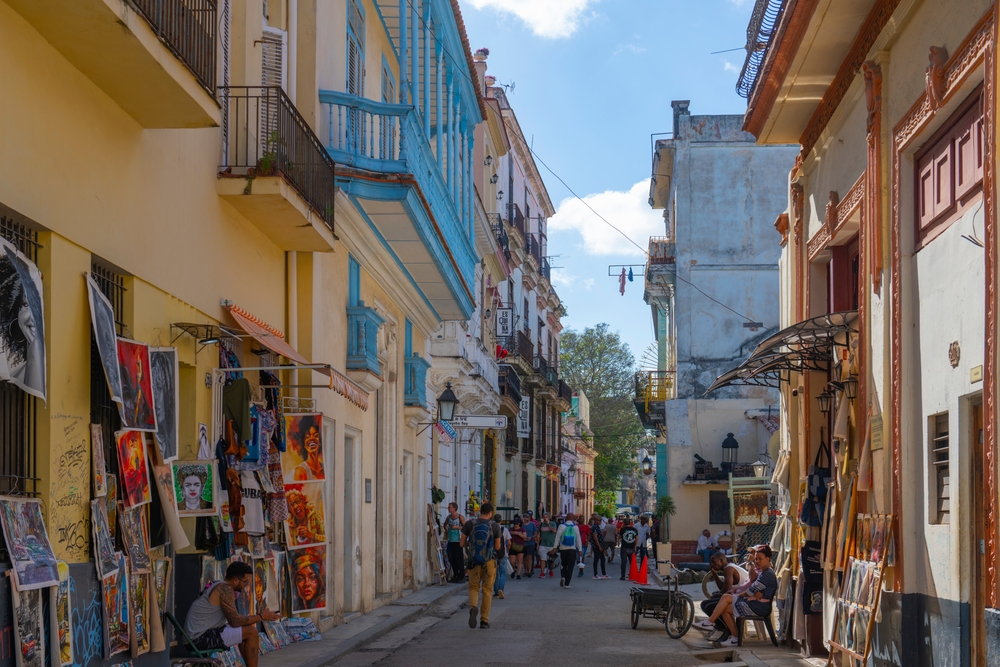
Havana’s Old Town, or La Habana Vieja, is a UNESCO World Heritage Site, famed for its preserved Spanish colonial architecture. The vibrant streets of this historic district are lined with colorful buildings, each telling its own story of Havana’s past. The Plaza de la Catedral, with its imposing baroque cathedral, and the Capitolio building are just a few examples of the grand structures that have stood the test of time. The district’s Spanish colonial buildings, complete with ornate facades and charming courtyards, offer a snapshot of 16th-century Havana.
La Habana Vieja continues to live on through its lively streets, which are filled with music, street vendors, and tourists exploring its colonial past. The neighborhood is more than just a collection of historic buildings; it’s a cultural hub that thrives on its connections to both the past and present. Its preservation allows visitors to experience a piece of Cuba’s history while enjoying the vibrant life that fills its plazas and boulevards.
Marrakech’s Medina, Morocco
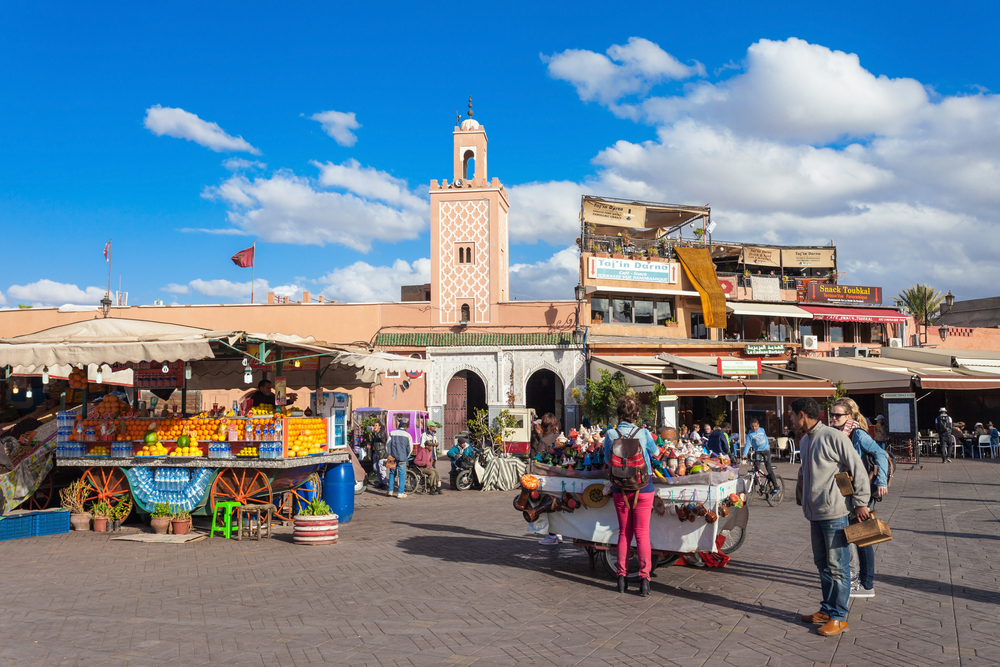
The Medina of Marrakech is a maze of narrow streets, ancient souks, and stunning palaces that remain largely unchanged for centuries. As one of Morocco’s most significant historical areas, the Medina is home to incredible landmarks like the Koutoubia Mosque, the Bahia Palace, and the Jemaa el-Fnaa square. The architecture is a beautiful blend of Moroccan, Moorish, and Islamic styles, with intricate tilework, carved wood, and lush gardens that create a rich sensory experience. The vibrant markets that fill the Medina’s alleyways are a reflection of the city’s deep cultural heritage.
Despite its lively atmosphere, the Medina is a living testament to Morocco’s past, with many of its structures and traditions well-preserved over time. Walking through the Medina feels like traveling back in time, with its ancient alleyways and hidden courtyards offering glimpses of traditional Moroccan life. The district remains one of the most authentic places to experience Morocco’s history, from its architecture to its bustling street life.
Prague’s Old Town, Czech Republic
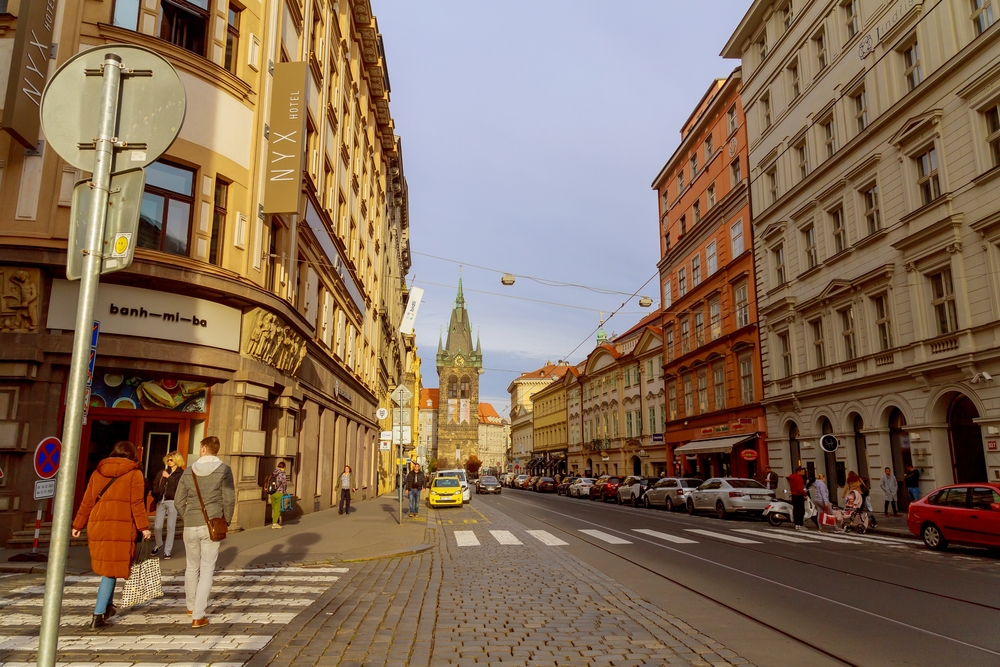
Prague’s Old Town is a remarkable neighborhood that captures the essence of the city’s medieval and Gothic history. The area is known for its narrow, winding streets and beautiful squares, such as the Old Town Square, where the iconic Astronomical Clock draws crowds every hour. The architecture here spans centuries, with Gothic, Romanesque, and Baroque influences evident in structures like the Týn Church and St. Nicholas Church. The Old Town Bridge Tower and the Charles Bridge offer stunning views of the city’s historical heart, creating a seamless connection between past and present.
The Old Town’s charm lies in its ability to preserve both its historic buildings and its lively atmosphere. It remains a vibrant hub of culture and history, where visitors can explore centuries-old buildings and enjoy local cafés and shops. Whether walking along the cobbled streets or visiting its historic landmarks, Prague’s Old Town offers a deep connection to the city’s rich past, making it one of Europe’s most treasured historical neighborhoods.
Venice’s Rialto District, Italy
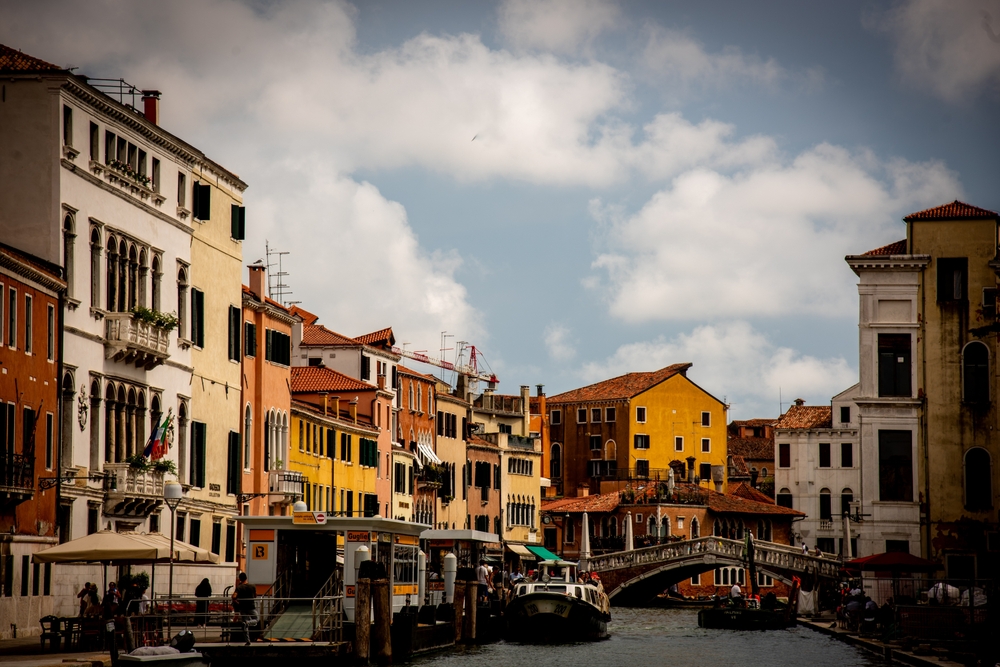
The Rialto District in Venice is one of the city’s oldest and most historic neighborhoods, defined by its architectural beauty and cultural significance. The district is centered around the Rialto Bridge, one of the most iconic landmarks in Venice, which connects the San Marco and San Polo districts. The area is known for its bustling markets, historic buildings, and narrow streets lined with cafes and shops that have been in business for centuries. The architecture here is a mix of Byzantine and Gothic influences, with stunning facades overlooking the Grand Canal.
Rialto’s historical importance is deeply intertwined with Venice’s role as a trading powerhouse during the Renaissance. The neighborhood’s markets and trading posts were once central to Venice’s economy, and much of that heritage remains visible in the area today. Walking through Rialto offers a glimpse into the city’s past, with its preserved structures and lively atmosphere creating a connection between Venice’s historical roots and its present-day vibrancy.
This article originally appeared on Avocadu.
